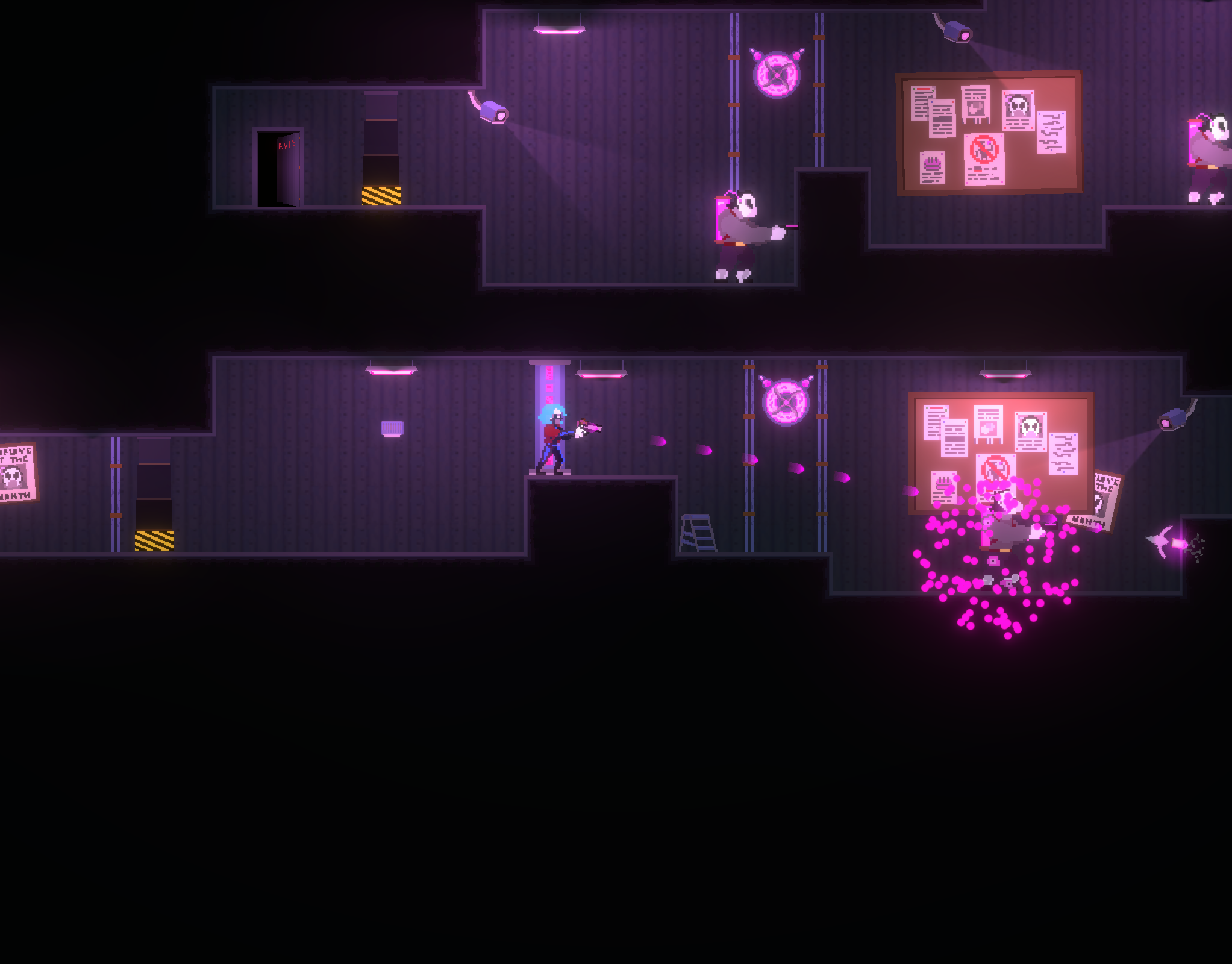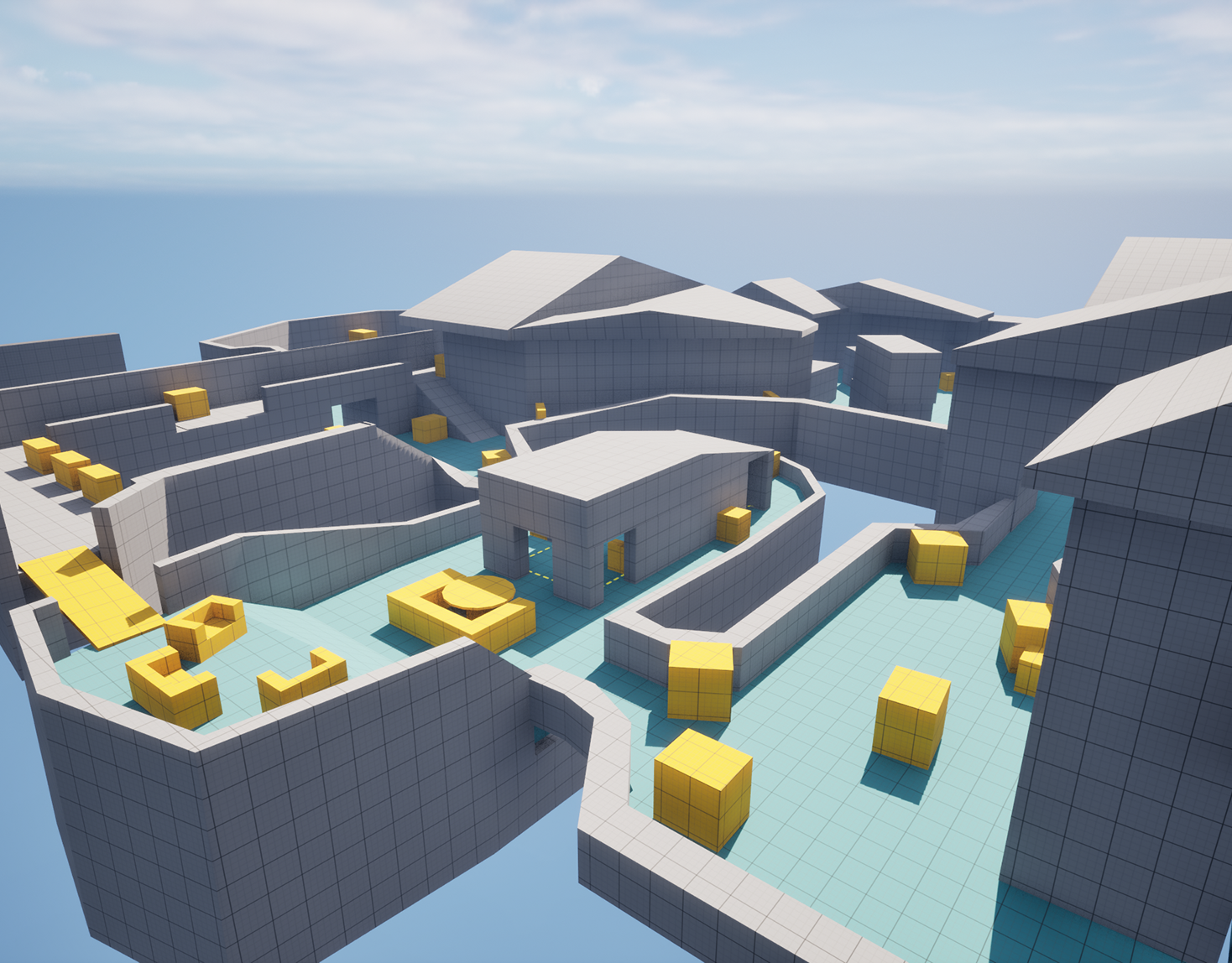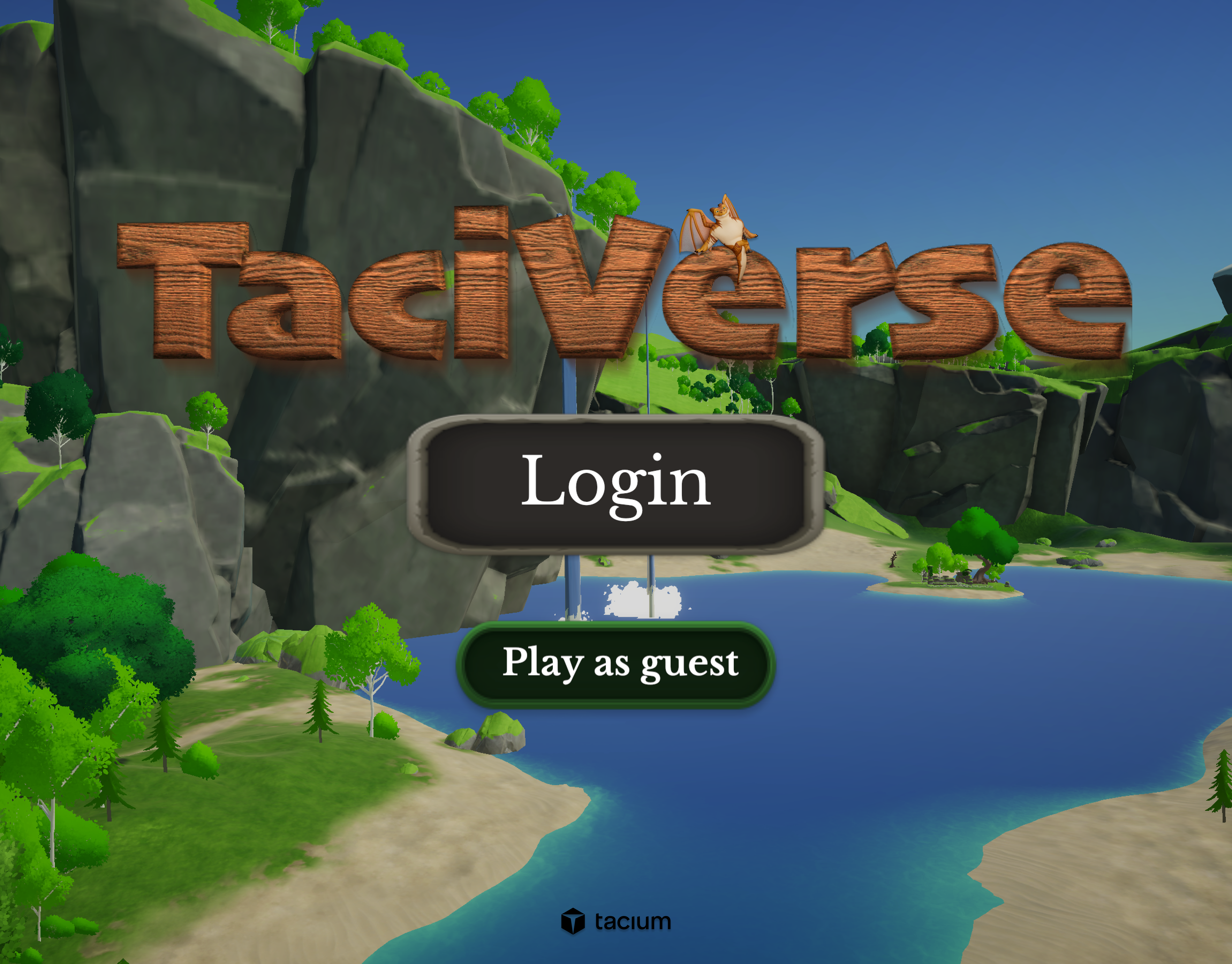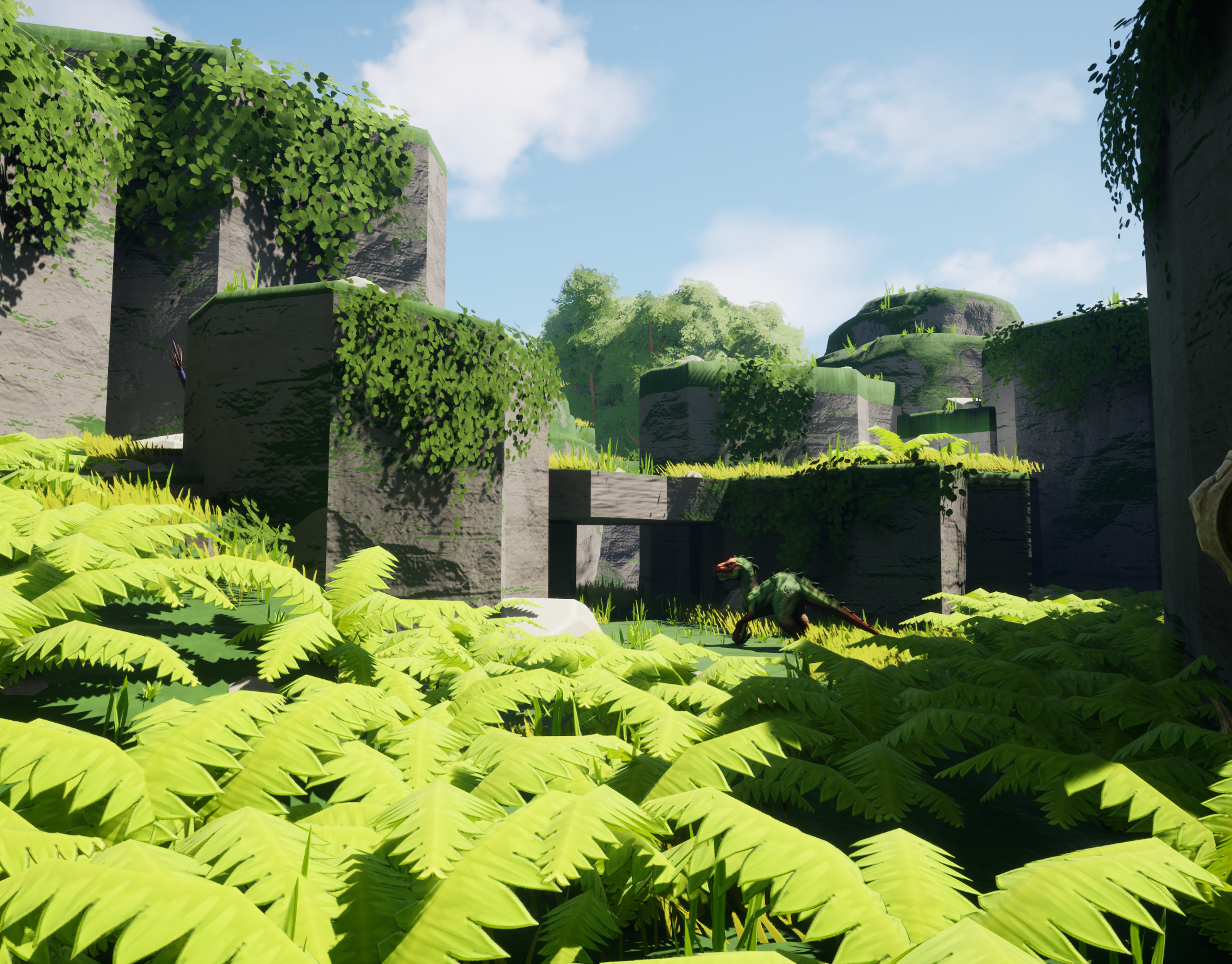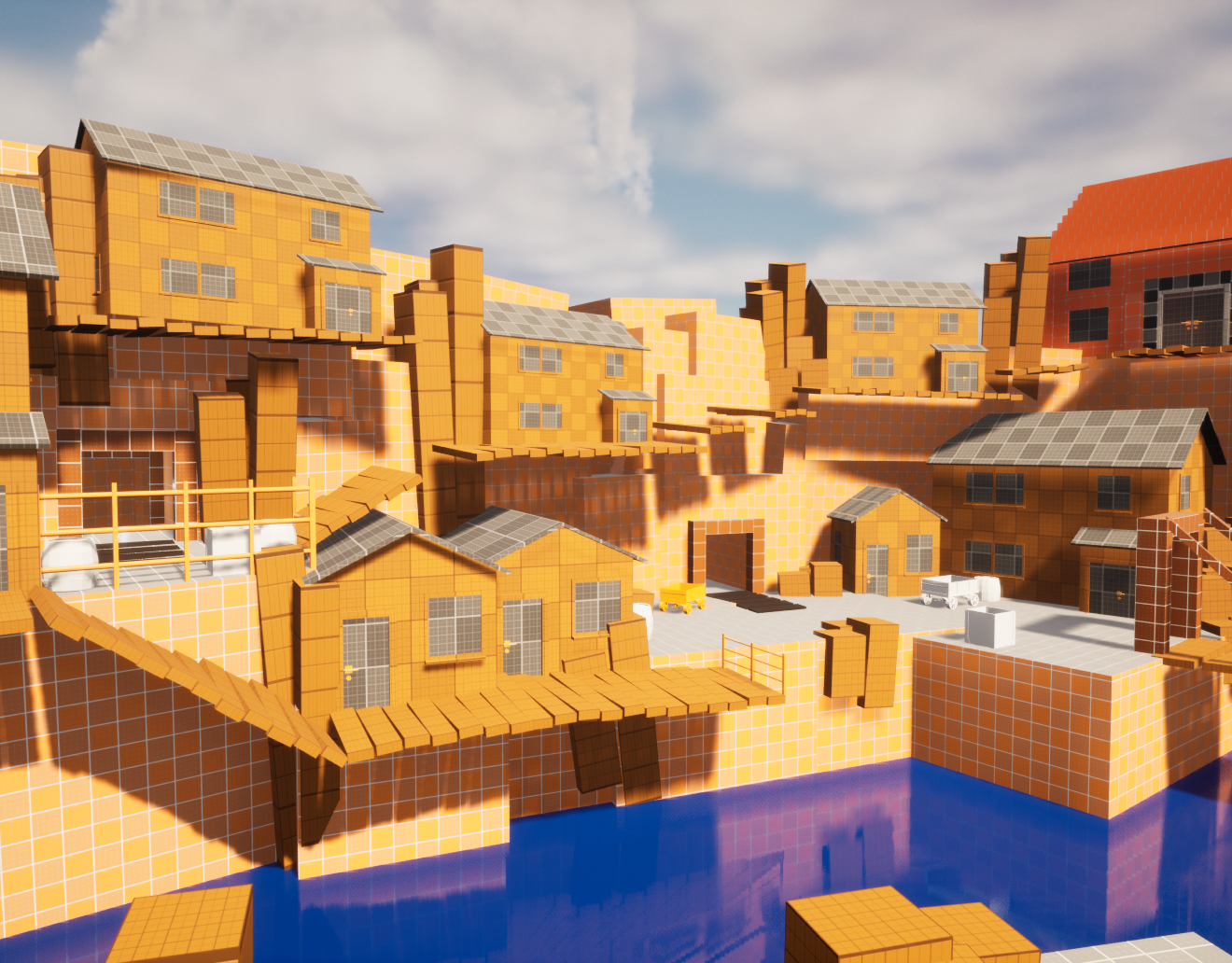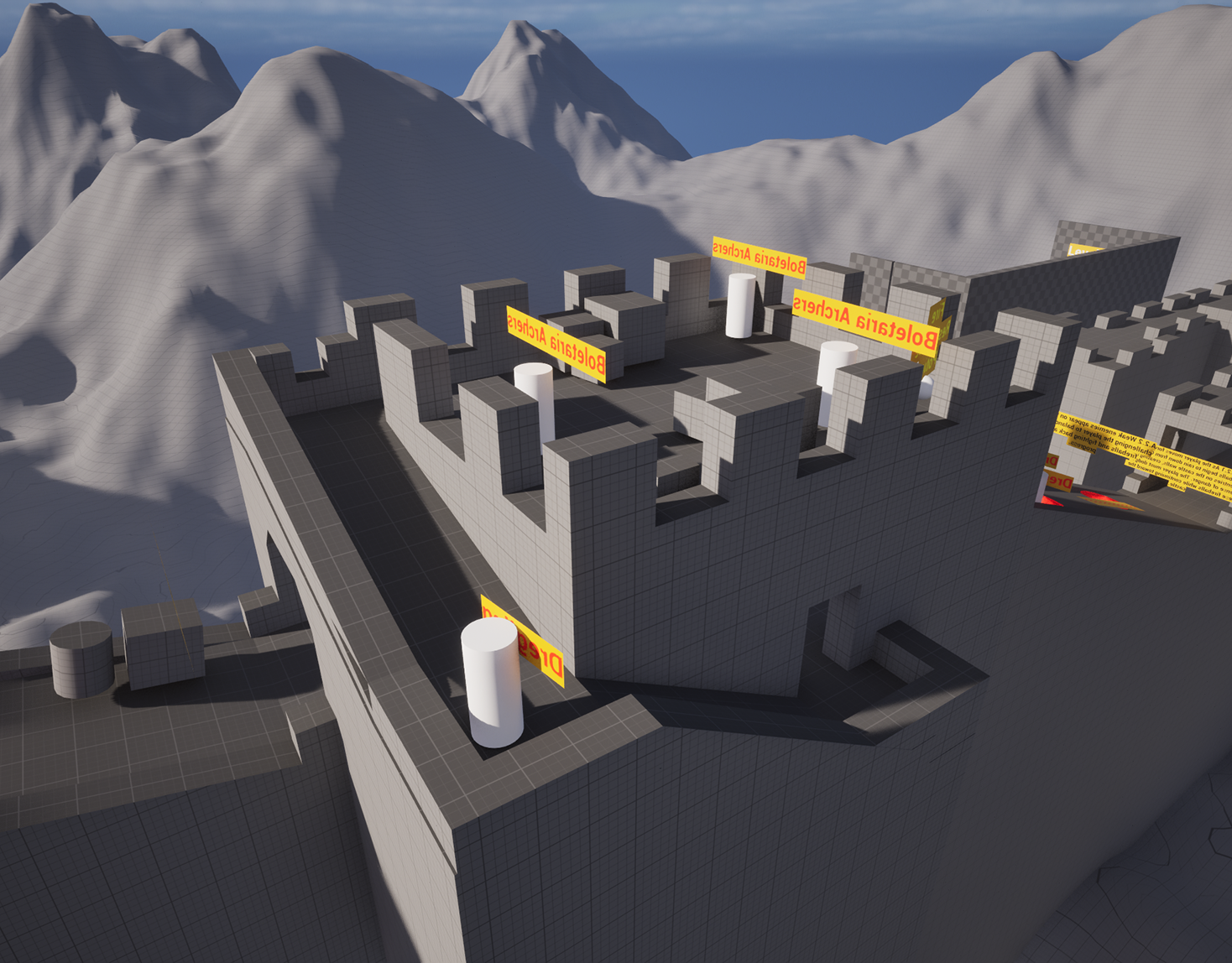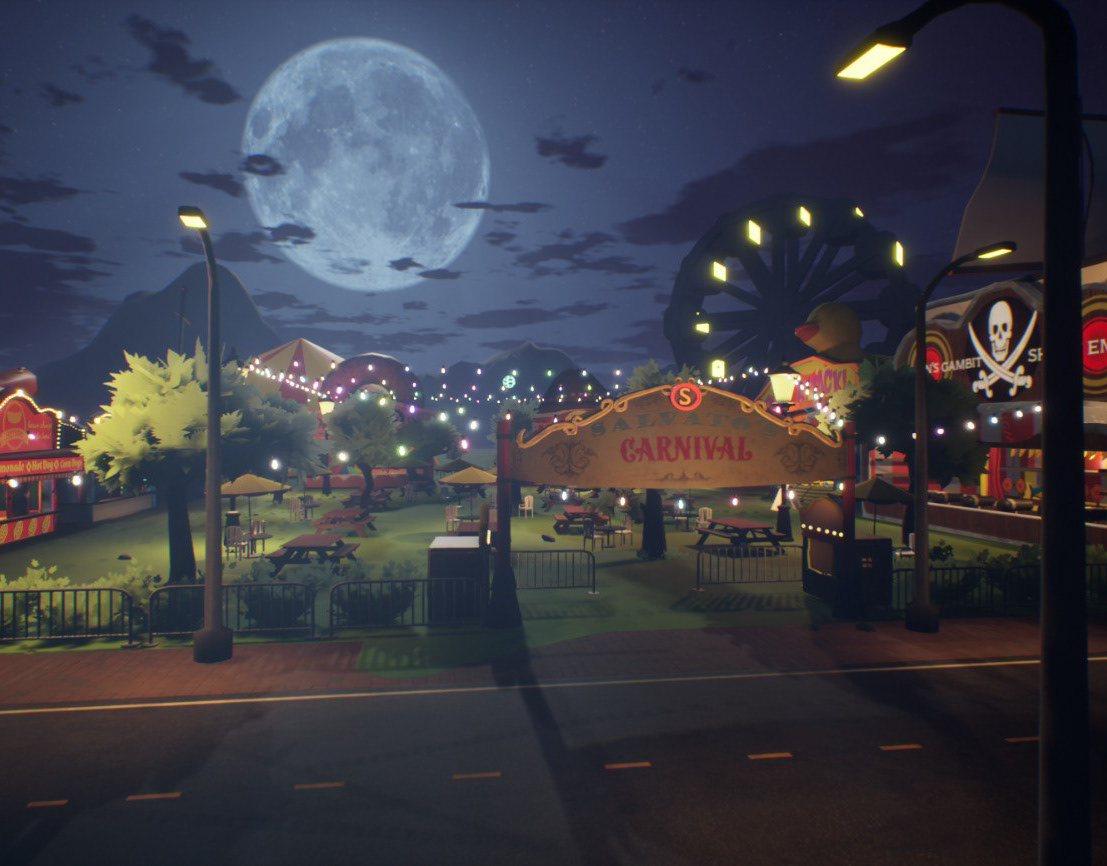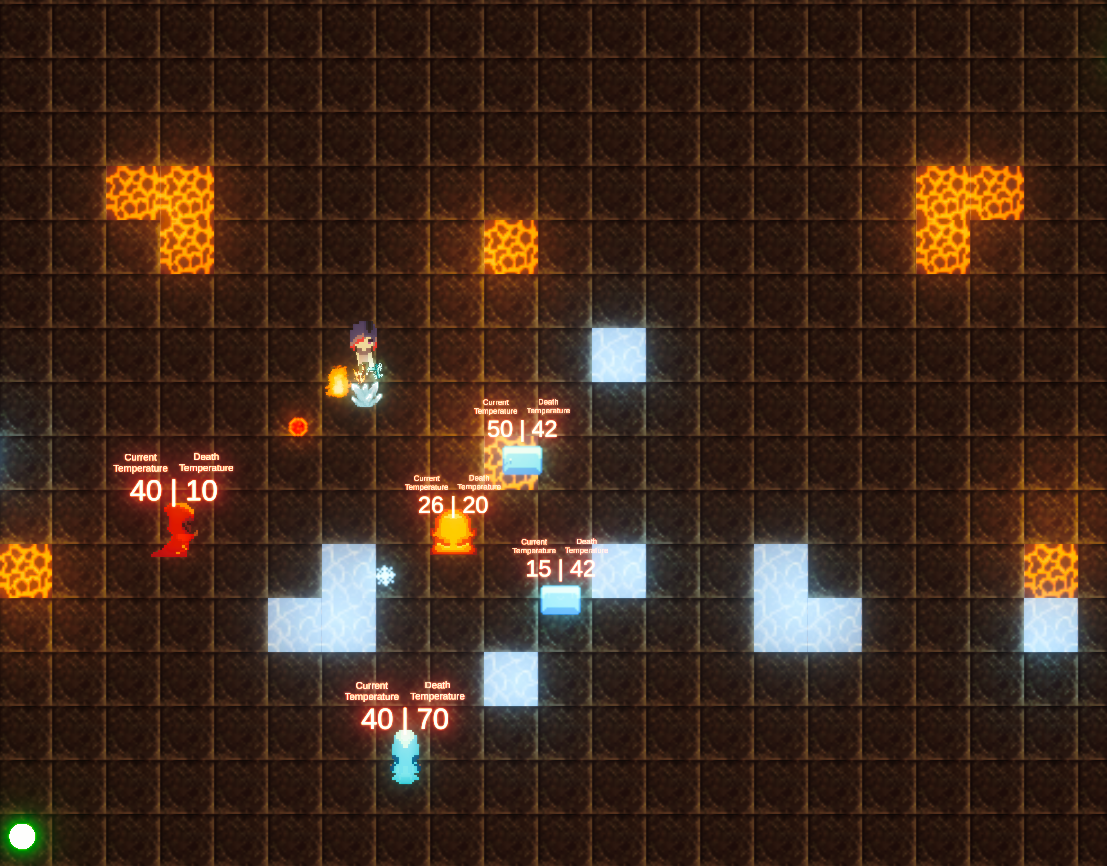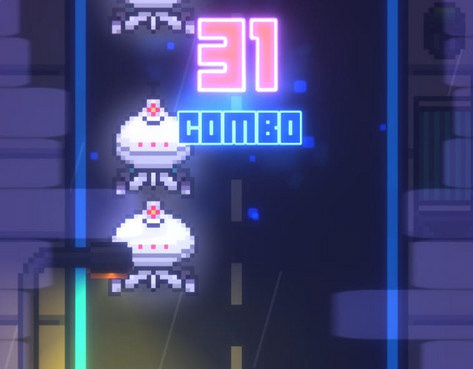First-Person Action Game | Vancouver Film School Final Project | Unreal ENGINE 5
Project Overview:
Rage Quit is a fast-paced Melee combat game set in a 90s-style mega-corporate tower, where you play as the last human employee. After being fired by email, you grab your sledgehammer and go berserk. Smash bots, break the office, and fuel your Rage Meter as you fight floor by floor to reach and destroy Syntia, the AI CEO
My Roles:
Level Designer: Designed gameplay spaces, encounter pacing, and traversal flow.
Technical Designer: Implemented scripted events, destructible elements, and traversal mechanics using Unreal Engine Blueprints.
Combat Designer: Built and balanced enemy encounters using distinct AI archetypes and destructible environments.
Systems Designer: Co-designed all of Rage Quit’s core gameplay systems, including combat mechanics, enemy behavior logic, environmental interactions, and progression pacing.
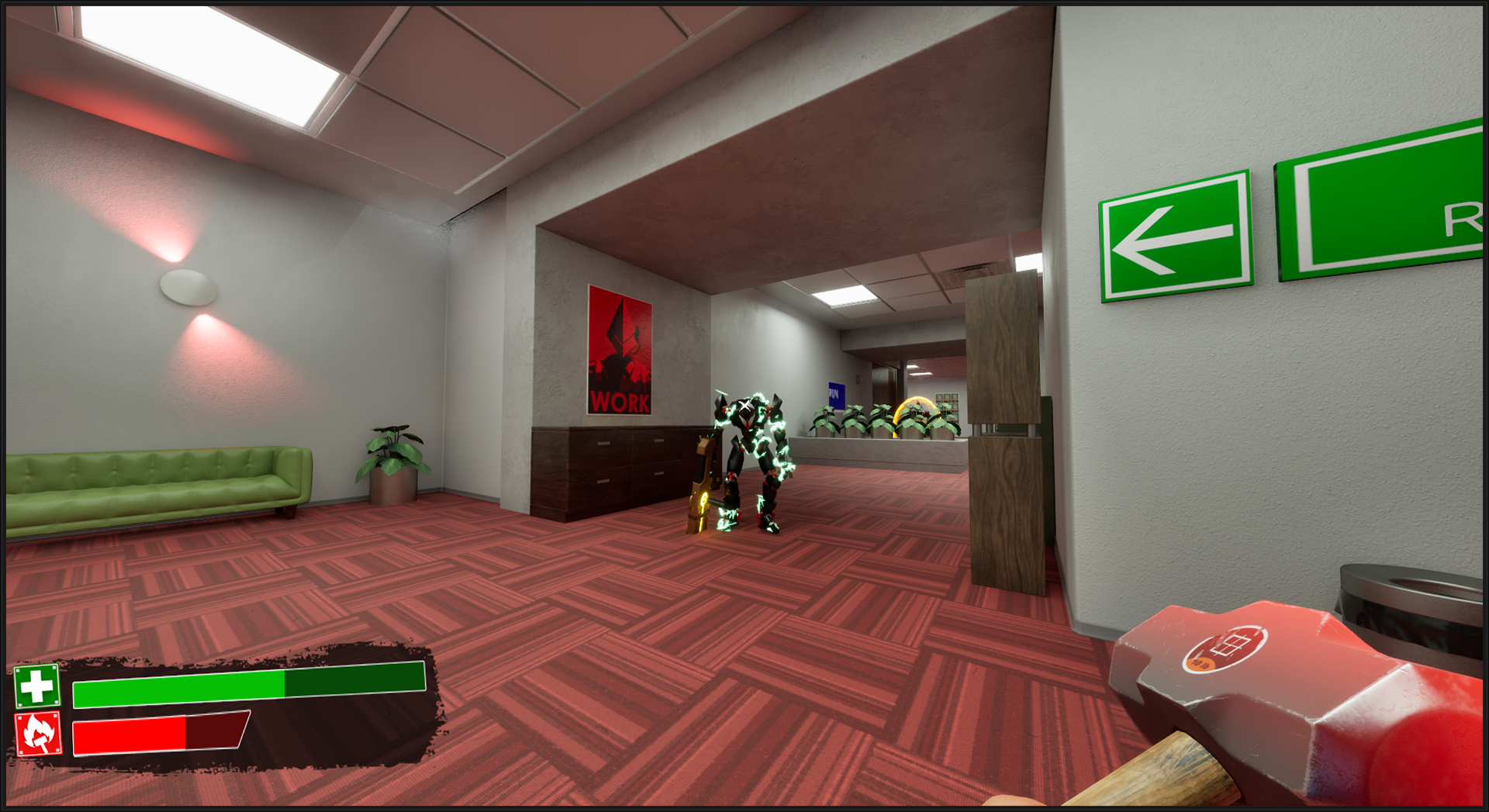
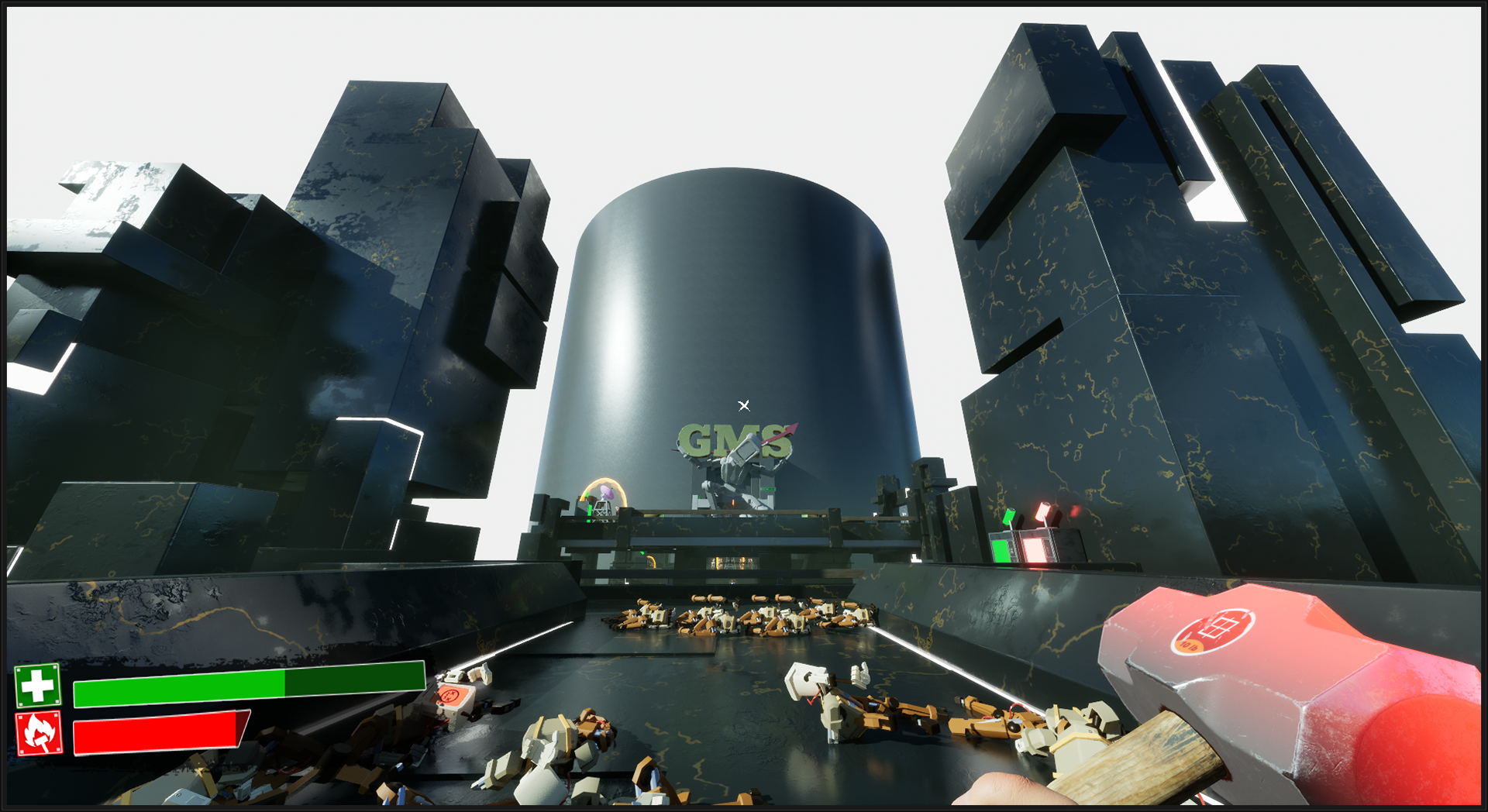

Level Blockouts & Gameplay Flow
I designed the game’s levels from concept to final implementation, using modular blockouts in Unreal Engine to control pacing, visibility, and spatial clarity. Each layout was crafted to support the core hammer mechanic, ensuring players always had opportunities to use it creatively, whether to break through walls, trigger traps, or chain movement with combat. I built interconnected spaces with clear sightlines and purposeful flow, encouraging aggressive forward momentum while rewarding exploration with hidden health pickups and shortcut routes. I also iterated frequently on enemy line-of-sight and choke points to reinforce tactical options and rhythm.
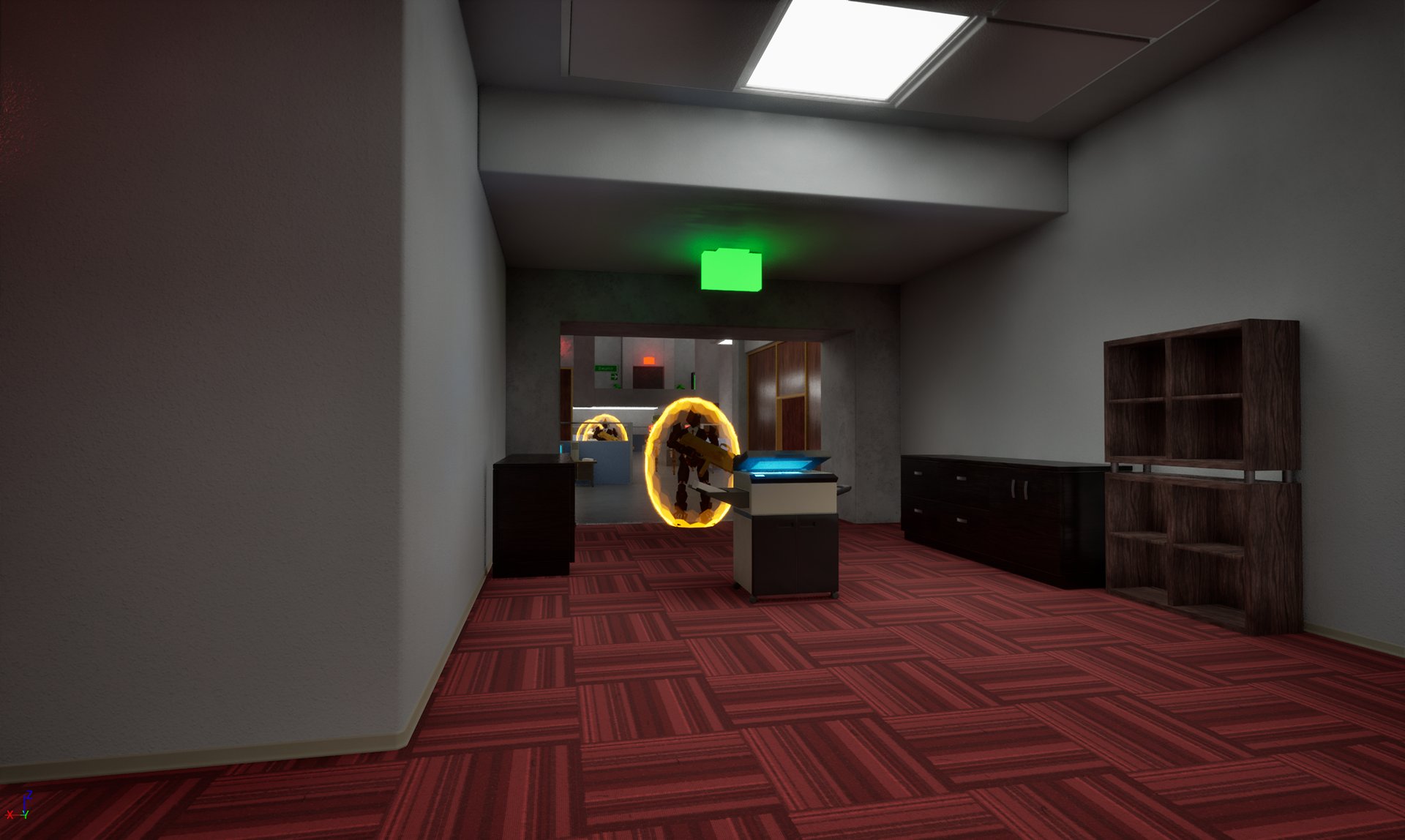

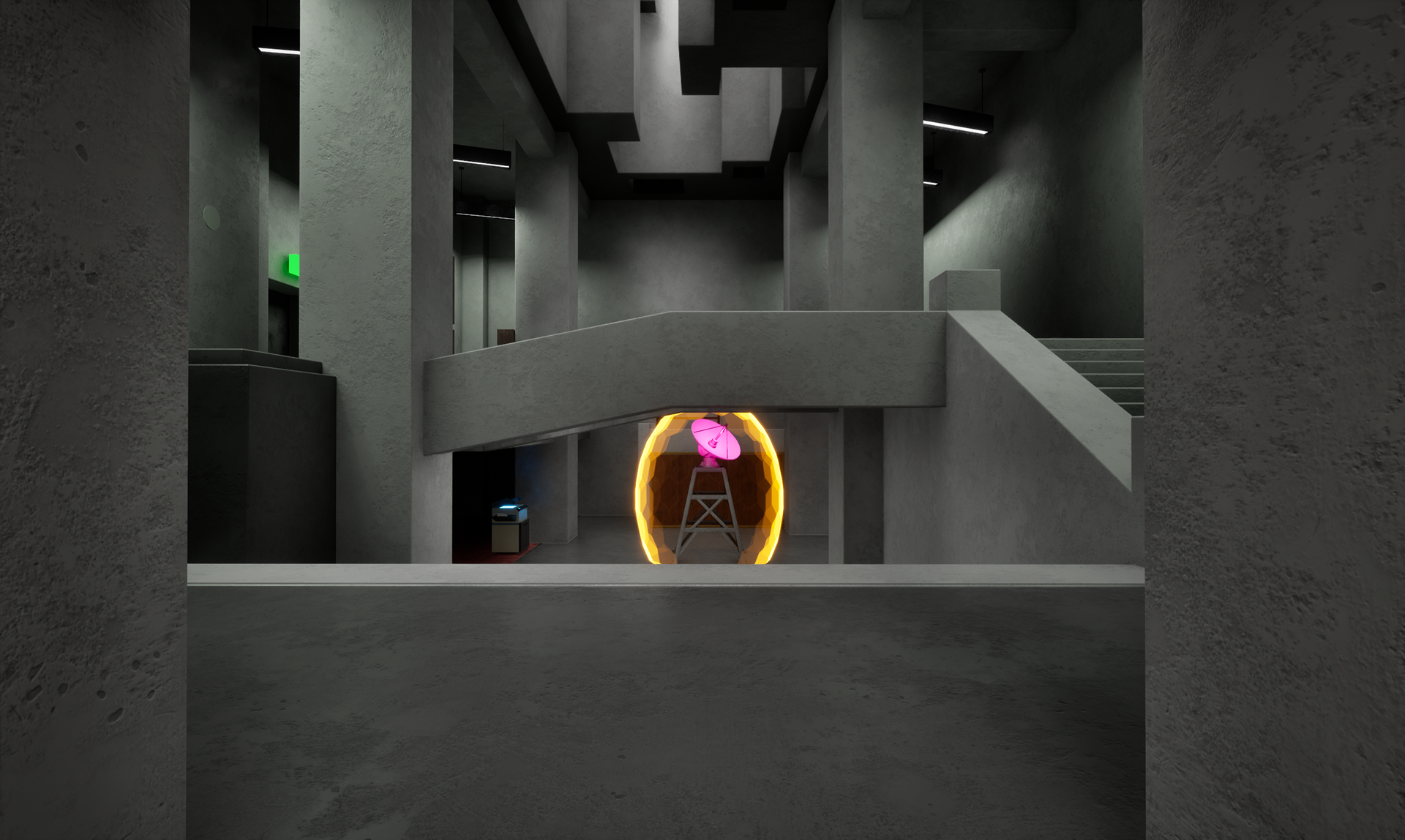
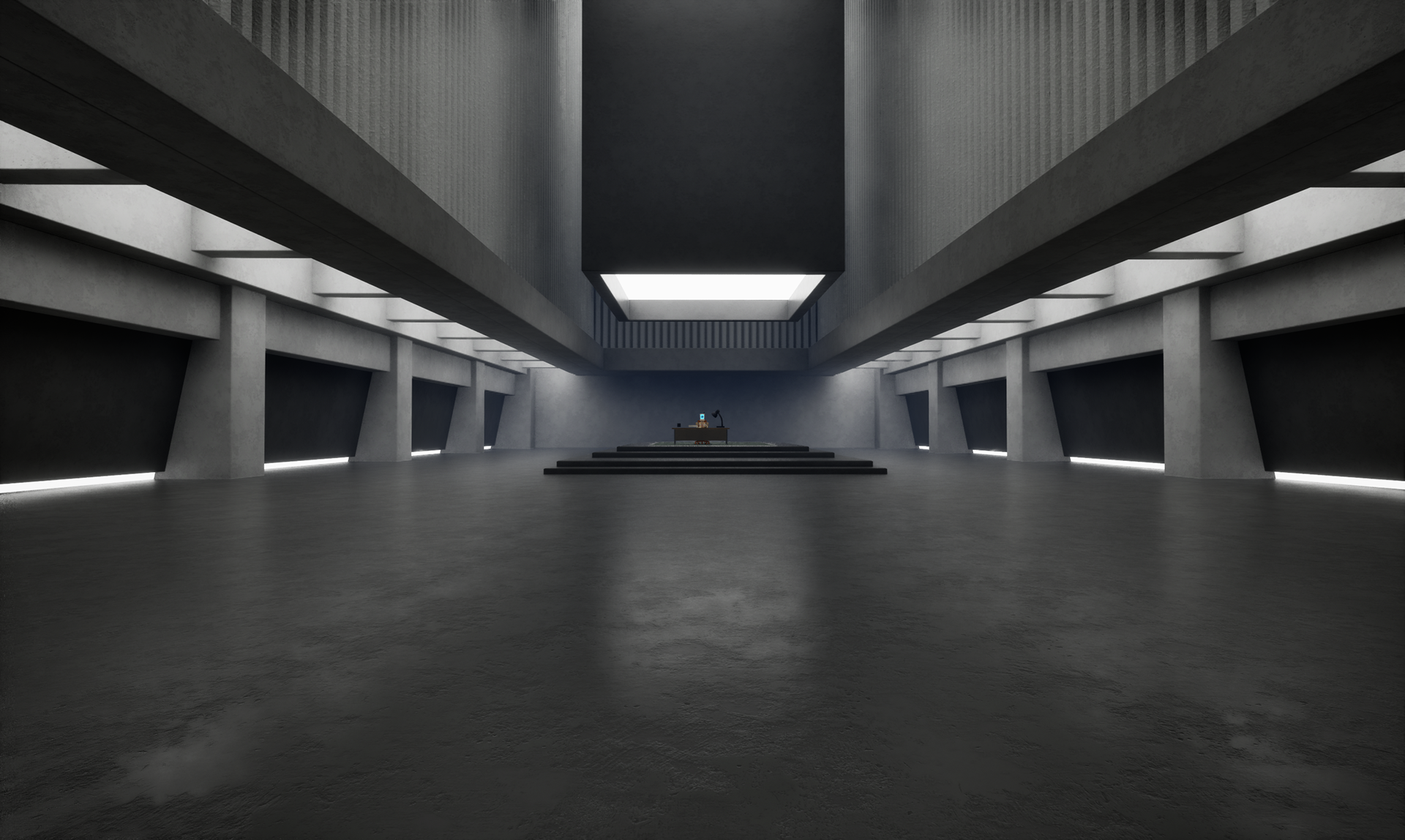
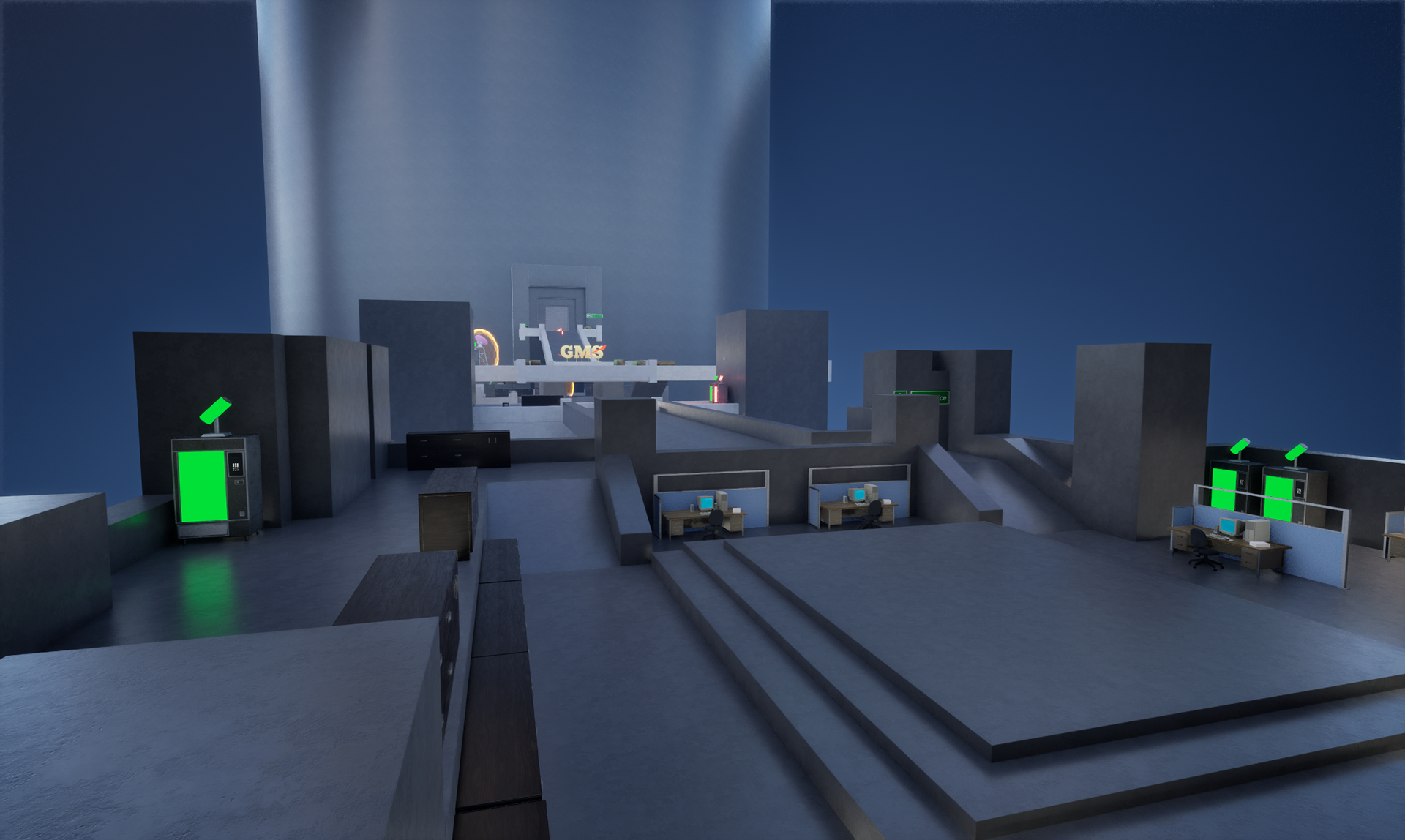
Gameplay Scripting (Blueprints)
I scripted core gameplay logic and event flow using Unreal Engine Blueprints. This included enemy wave triggers, locked-door sequences, checkpoint logic, physics interactions, and scripted enemies' intro events. I created reusable Blueprint templates for triggering events. I also developed logic for the game’s interaction systems and combat rulesets, ensuring they were robust, modular, and easy to iterate on during production.
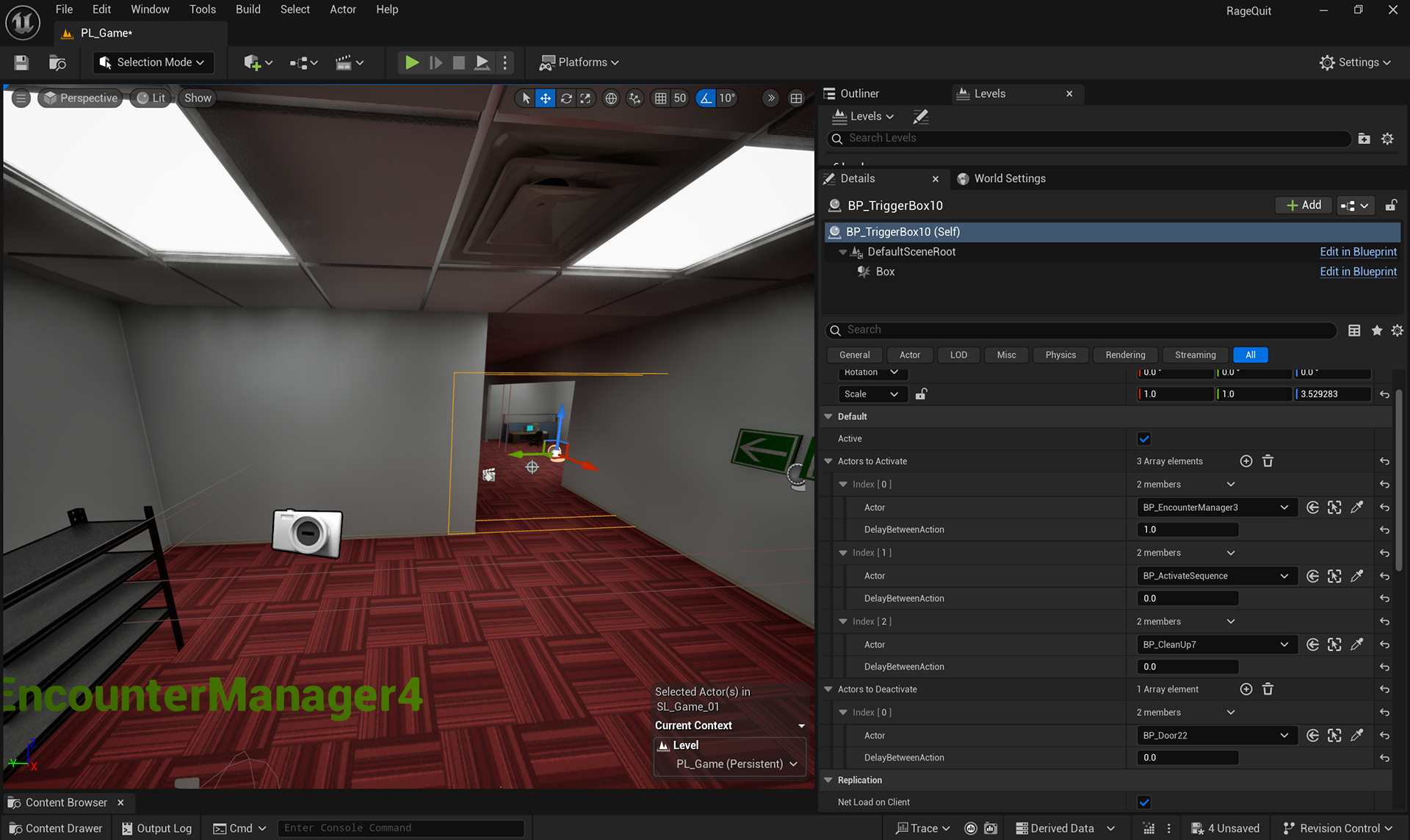
Combat & Encounter Design
I was responsible for authoring layered combat spaces that gradually escalated in complexity and intensity. I placed and balanced multiple enemy archetypes, ranging from ranged suppressors to melee rushers, to force players to prioritize threats on the fly. Enemy placement was always tied to environmental hazards and destructible cover, pushing players to use the environment to their advantage. I also designed arena setups that allowed the Rage mechanic to shine, with wave-based challenges that rewarded aggression and fast decision-making.
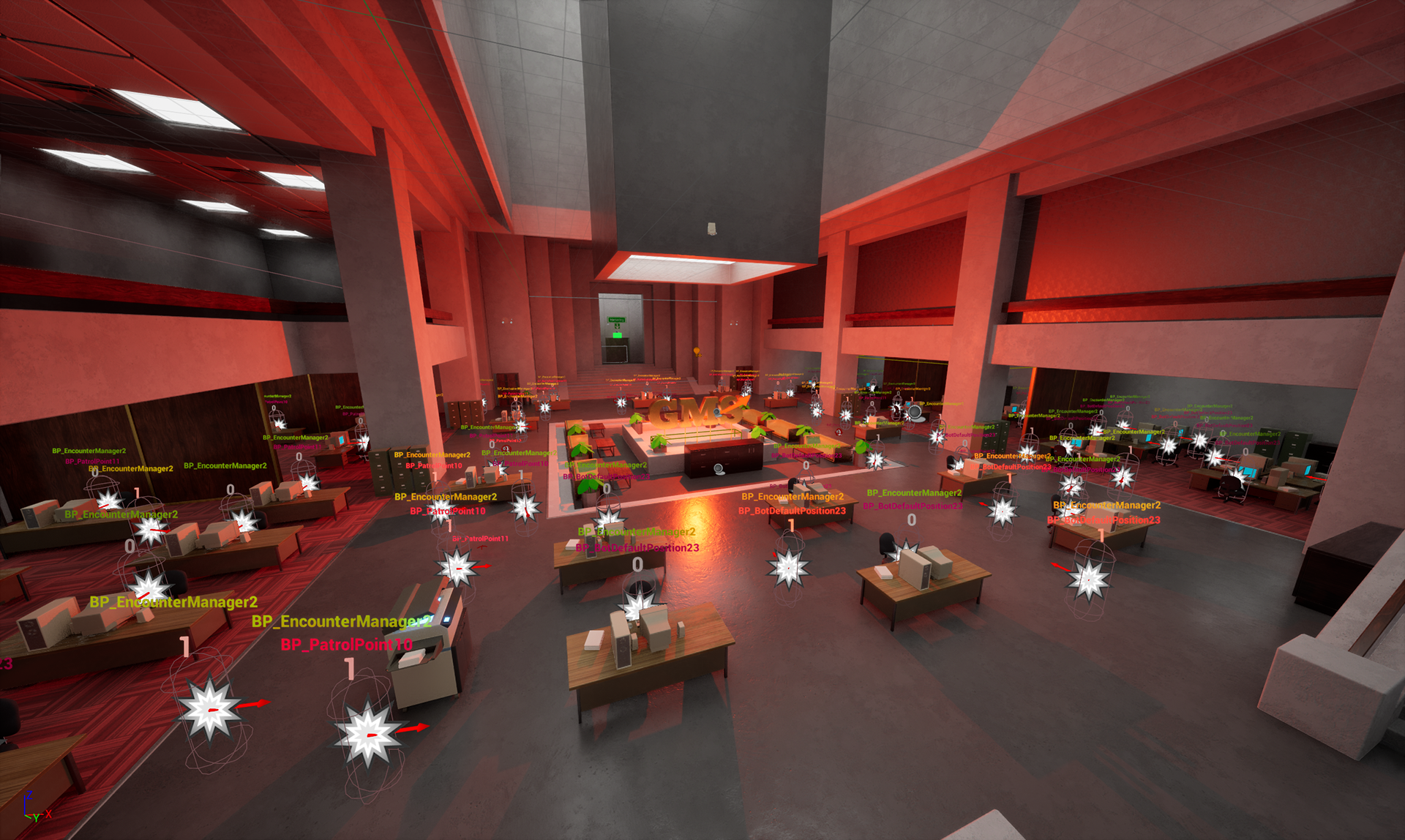
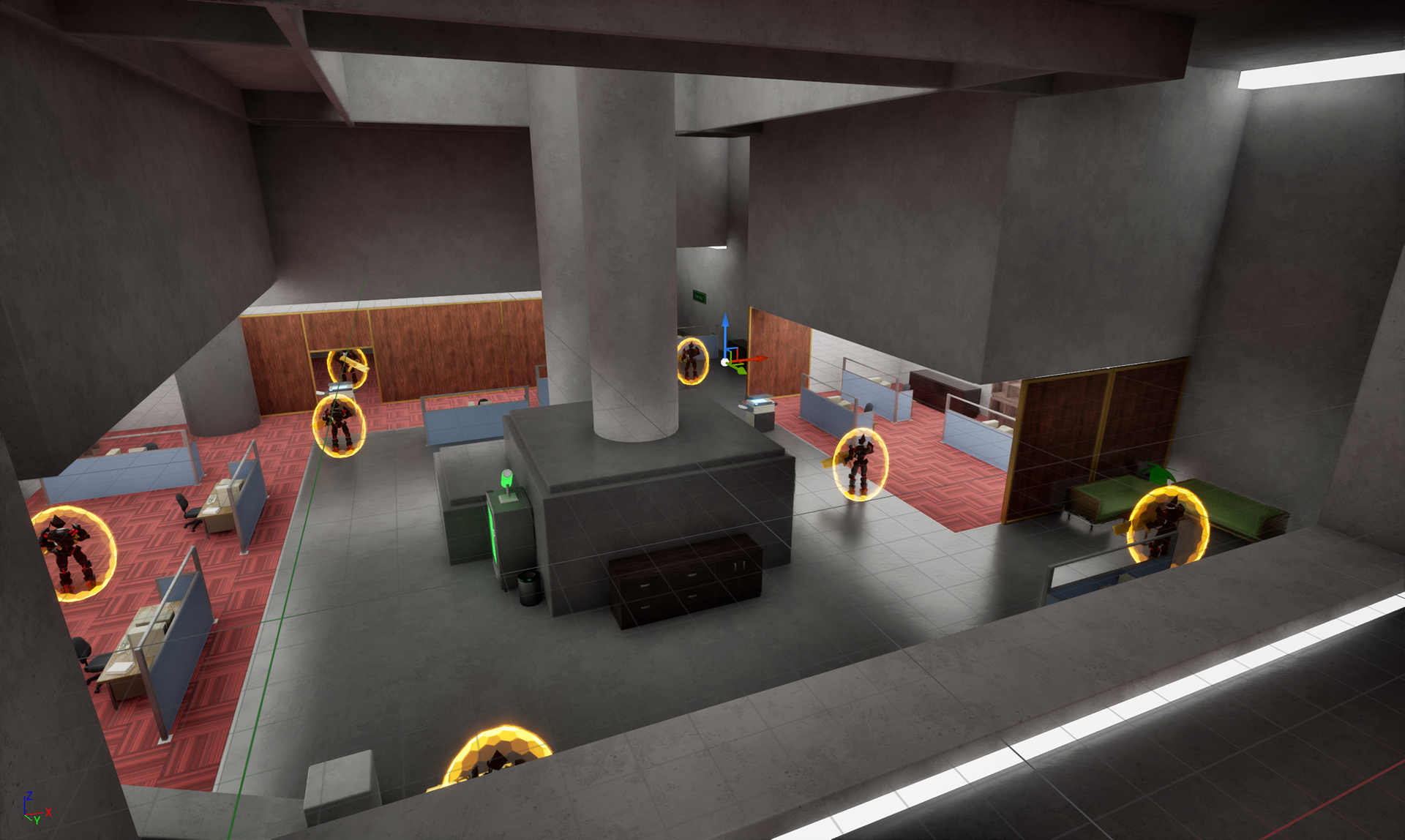
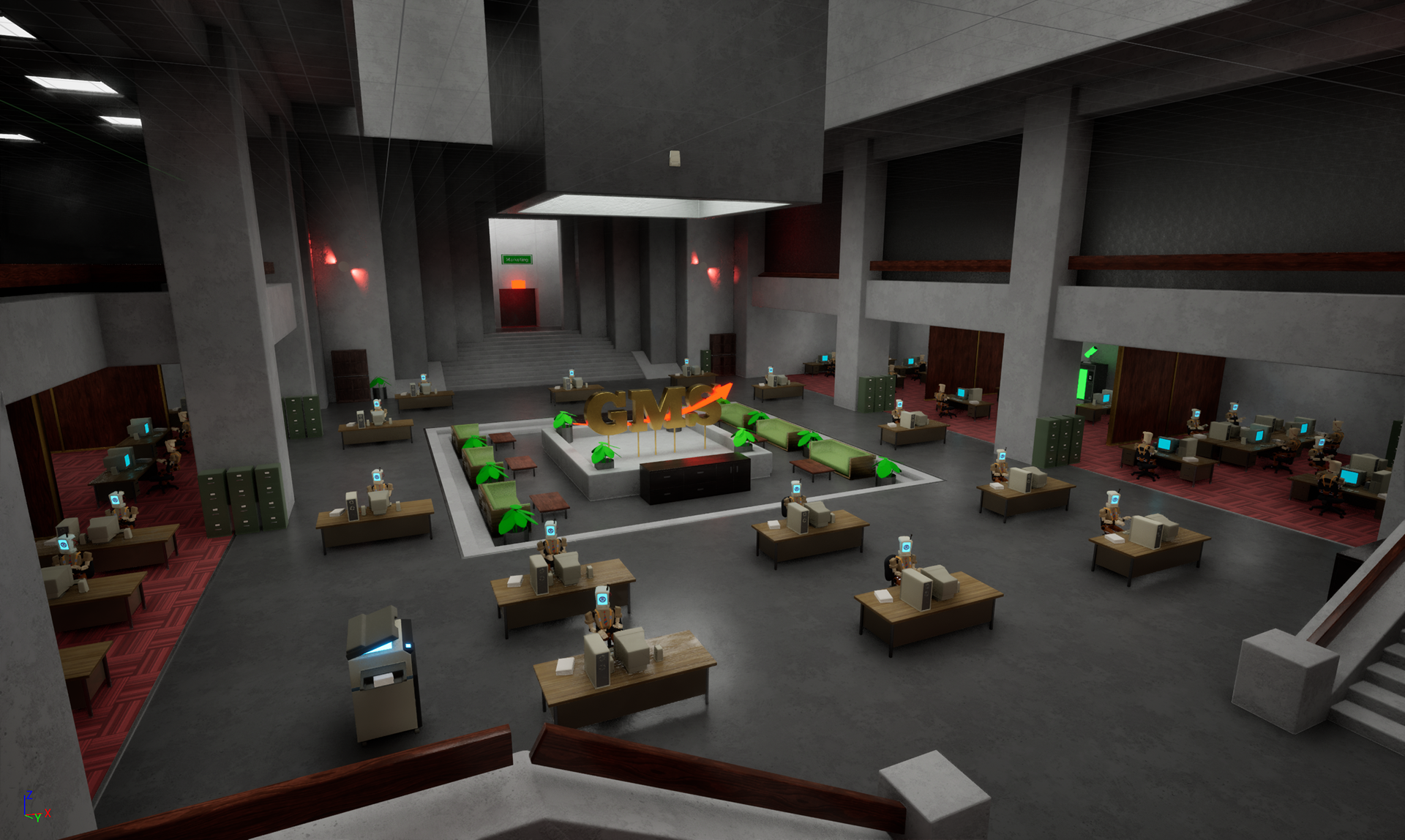
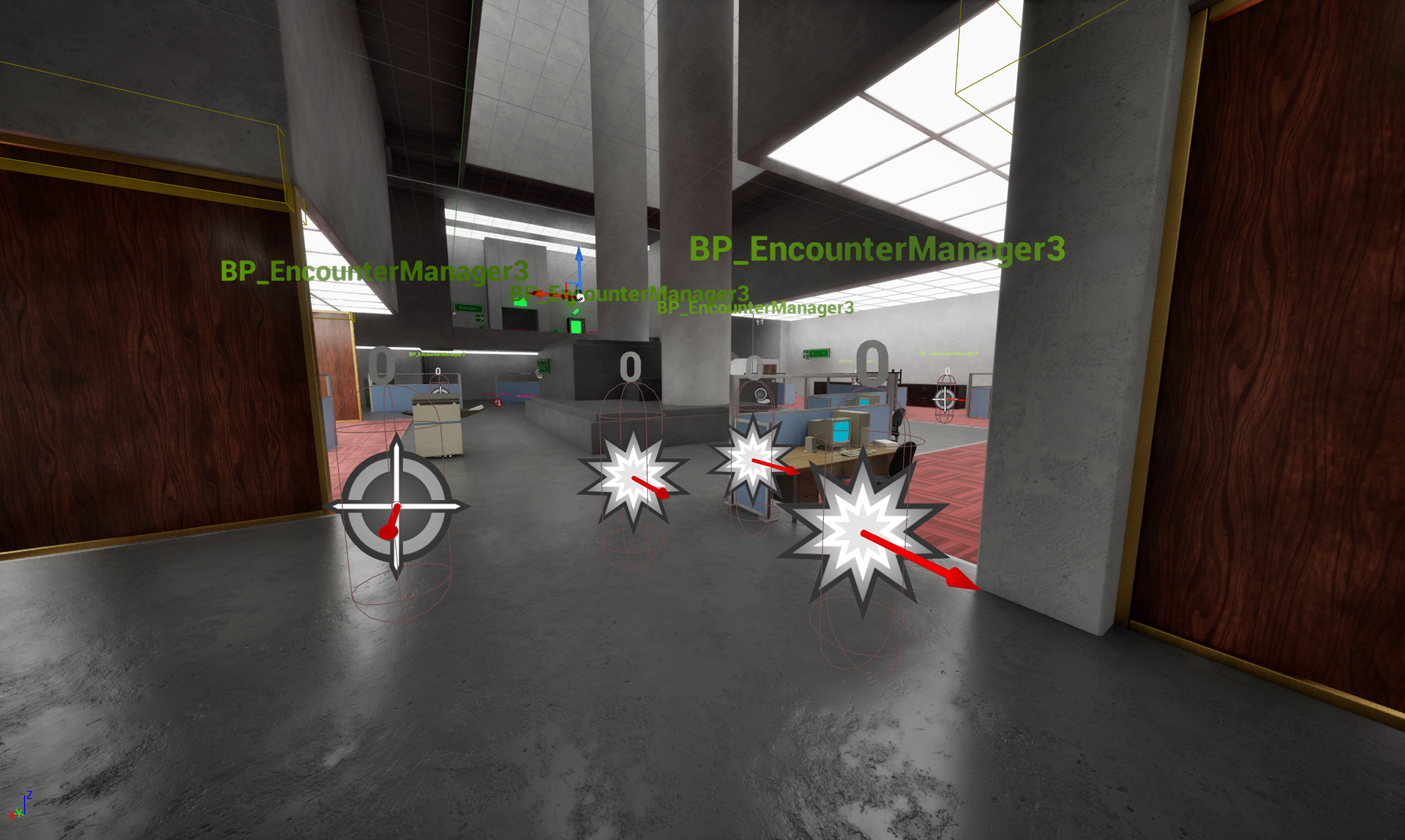

Systems Design – Combat & Interaction Systems
I co-designed all of Rage Quit’s core gameplay systems, including combat mechanics, enemy behavior logic, environmental interactions, and progression pacing. This covered everything from health and damage systems to enemy AI states and destructible interactions. I ensured that each system reinforced the aggressive, physics-driven identity of the game while remaining easy to understand and satisfying to use. All systems were tightly integrated with the game’s level design and encounter pacing.
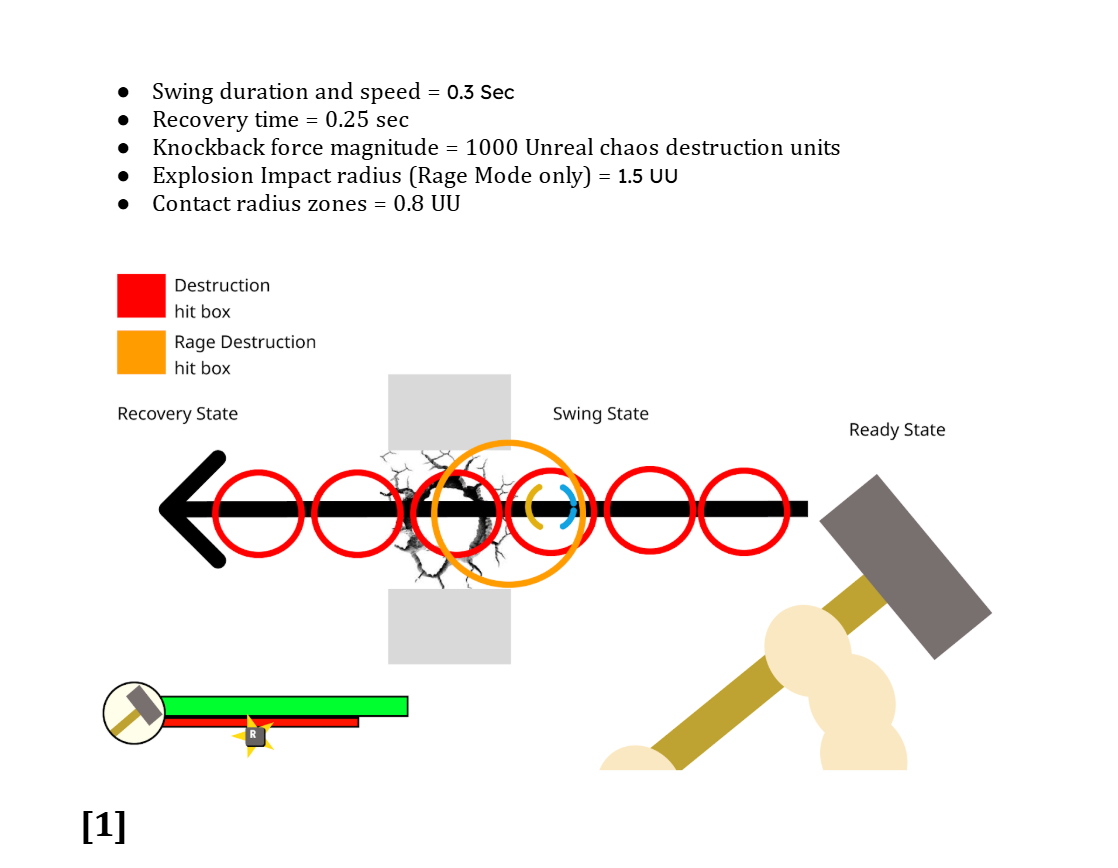

Rage Mode System Design
I co-developed Rage Mode, a temporary transformation state that rewards players for destroying the environment and killing enemies. When players build enough Rage, they can activate Rage Mode to gain increased movement speed, damage resistance, and enhanced knockback effects. I designed encounter moments around this system, adding enemy clusters, destructible set pieces, and timed gates to allow for maximum spectacle. I also balanced the system with cooldown mechanics and built audio/visual indicators for charge level and activation thresholds.

Documentation
I authored and maintained both the Game Design Document (GDD) and Level Design Document (LDD) throughout production. The GDD covered the overall vision, player abilities, systems breakdown, and core loops. The LDD contained beat charts, encounter maps, greybox diagrams, design rationales, and iteration notes. I used these documents to keep the team aligned, onboard new collaborators quickly, and ensure smooth communication across disciplines during milestone reviews and sprint planning.
Playtesting & Iteration
I led structured internal playtests weekly, followed by external vertical slice testing with peers and instructors. I developed testing criteria focused on flow, difficulty spikes, encounter clarity, and system usability. Feedback revealed key pain points in visual guidance, enemy readability, and hammer feel. I applied changes rapidly, adjusting level geometry, enemy aggro ranges, and traversal timing. I also adjusted the Rage Mode curve to better match real combat flow, based on how often players reached the threshold in natural play.
